Let’s look at cover crop species selection:
Even though we commonly hear about farmers being encouraged to plant “cover crops”, cover crops are not one single species or crop. Anyone following the conservation movement has heard of at least a few of the different options available: Cereal rye, Tillage Radishes, Crimson Clover, and perhaps you remember someone in your family years ago using oats and clover to build the soil ahead of a corn crop. Those are cover crops too, right? But do we really understand all the differences or when and where to use certain cover crops species? Do we even need to understand these differences?
We may understand that cereal rye is very different from radishes, but does it really matter if I use radishes or a turnip? The answer can be complicated. Yes, sometimes it will matter, and sometimes the answer will be no depending on the circumstances. There are those who simply want to know: what cover crop should I use? And there are those who will want to know the nuances between a purple top turnip and a Barkant turnip, the difference in Aroostook rye and Elbon. So, let’s get in the weeds about selecting cover crop species and varieties. Before we dive into cover crop species and use, to make sure we are on the same page, let’s clarify a few things in relation to cover crops and management.
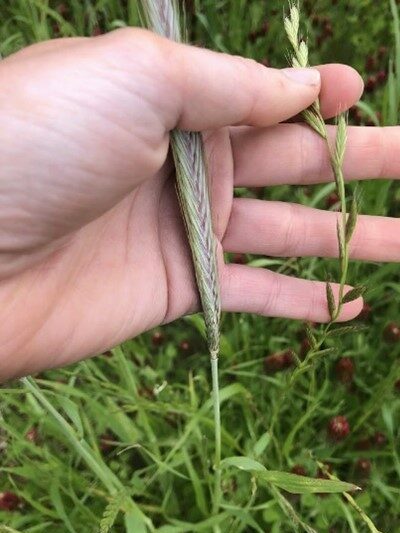
(Credit – Jim Isermann)

(Credit – Jim Isermann)
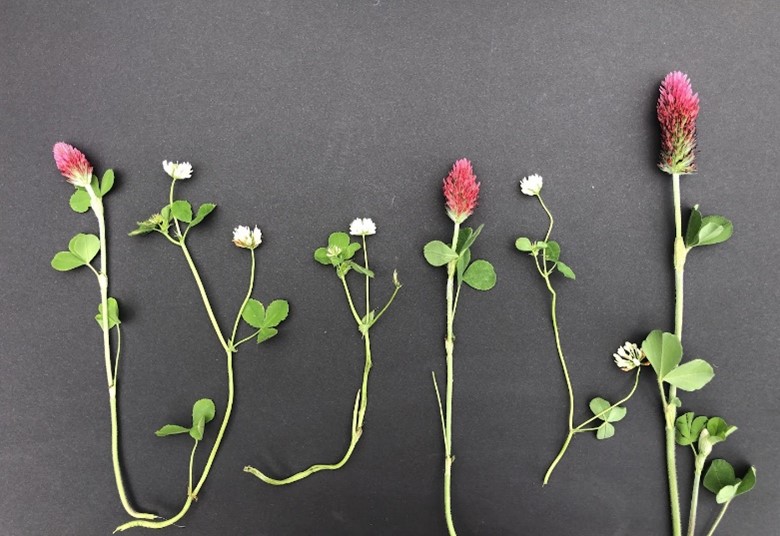
Do you know the difference? Even grasses have different management tactics that can greatly affect the success of your corn or soybean rotation. Photo credit: Abigail Peterson
First, let’s define a cover crop:
A cover crop is a plant that is planted for purposes of soil building, conservation, nutrient build up and/or weed control and is not harvested in any way. If you are harvesting for any reason, even for forage, it is no longer a cover crop. This has implications for pesticide restrictions as well as protocols and requirements for many cost share programs and crop insurance. Notably, farmers utilizing annuals in between cash crops for forage need to abide by plant back restrictions for pesticides used on their cash crops.
Next, let’s think through the concept of “a tool in the toolbox”. Cover crops are a means to an end, not an end in themselves. Before utilizing a cover crop you should recognize what your motivation is, set your goals, and research how they can be achieved. In your research, you will find multiple tools that will help achieve your goals. For soil health and environmental goals, you will find that no-till and reduced tillage, nutrient management, long term crop rotations, perennial crops, livestock integration and cover crops are available tools to meet our goals.
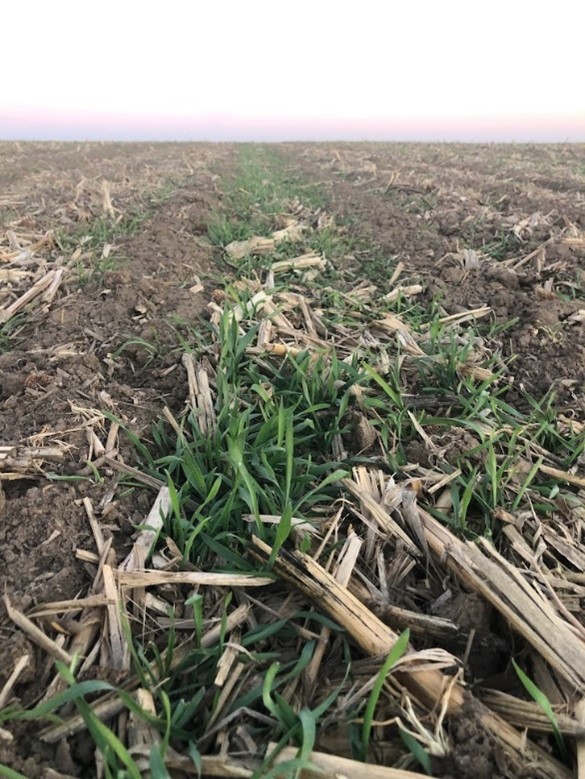
Know your rotation. Strip tillage and cover crops have become one of the favorites for accomplishing goals and setting your cash crop us nicely. Photo credit: Abigail Peterson
No one buys a wrench and then looks for a job to do with it. First you have a need, then you source the appropriate tools. Okay, this is not an entirely true analogy, many of us have grandfathers who would buy the tool first and then look for a job, hopefully you get my point. If you are being motivated by the payment of a carbon program or other cost share program, recognize that these are sources of money to help pay for the cost associated with cover crops. Generally, these funds are not sufficient to pay for the practice. Taking a $20 cost share payment to spend $30 on cover crops is not a great financial move unless you have other goals in mind that the cover crop will help achieve.
Context is also important in any cover crop discussion. Any advice here on cover crop use or implications of management are assuming a commodity corn and soybeans system unless otherwise noted. In commodity systems, yield is not everything, but it is important when calculating overall profit. We continue to strive for soil health systems that are effective, can provide soil health and environmental benefits, reduce inputs, and provide acceptable yields. Farmers in organic or direct marketing systems will have a different profit paradigm due to premium prices for products and restrictions on available inputs. Farmers in areas with drought prone soils or dry weather may see a faster financial return to cover crop use compared to higher productivity soils. When researching how to achieve your goals, find farmers (and researchers) who are successful, but take a moment to ensure the practices they are using will translate to your production system.
Now let’s discuss goal setting:
Goal setting will always play a huge role in the decision of what cover crop species or mix you will choose, and goals need to be specific to help tailor your cover crop selection process. If you are just looking for a general increase in soil health or are adding cover crops for the purpose of a carbon market, it can be difficult to drill down to what types of cover crops you should be using. Frankly, all cover crops can achieve these goals to at least a limited extant when used within their appropriate growing windows and conditions.
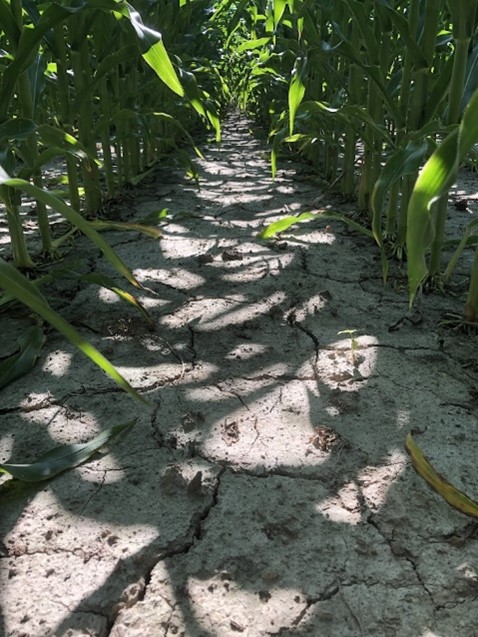
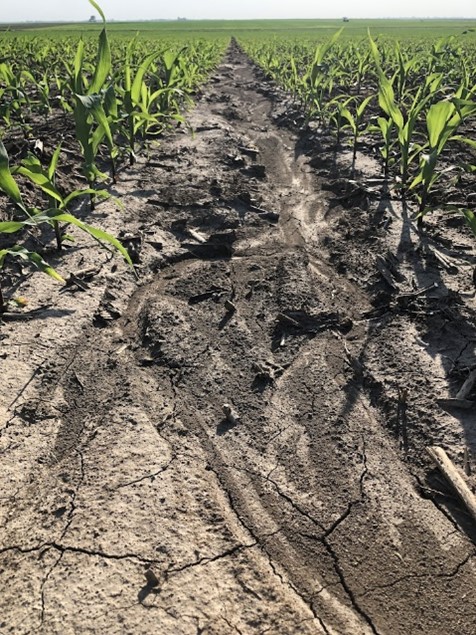
What are your goals? Even in highly productive fields, in-field erosion and mid-season moisture loss are yield limiting factors that cover crops or reduced tillage can combat. Soil loss is a huge concern that most traditional practices haven’t protected. Photo credit: Abigail Peterson
Unfortunately, we have a very limited window to utilize our cover crops in most instances in Midwest corn and soybean systems. It is important to think a little more about the details. Is erosion a significant concern? Then a fibrous root system of grasses will be important, and the use of brassicas will need to be limited, or even the taproot of a legume needs to only play a part in the system. If nitrogen production is your goal, legumes will be important, and grasses will be more limited due to their ability to choke out legumes when planted at high populations.
When setting goals, ask yourself: what is a win for the system? What does success look like? Will you look back in 1, 3, or 5 years and say this was worthwhile? If possible, set a number or metric that can be achievable and measured. If you want to improve overall general soil health, how will you measure that? Maybe your goal is to simply achieve environmental goals of nutrient loss reduction without seeing a loss in yield. That is simple enough and very achievable across Illinois acres.
In the next article we will look at the different ways to categorize cover crop species, some important aspects of the cover crop seed quality and when mixes make sense. Then we will dive into specific families and species.
This article originally appeared on the Illinois Sustainable Ag Partnership website.


 and then
and then